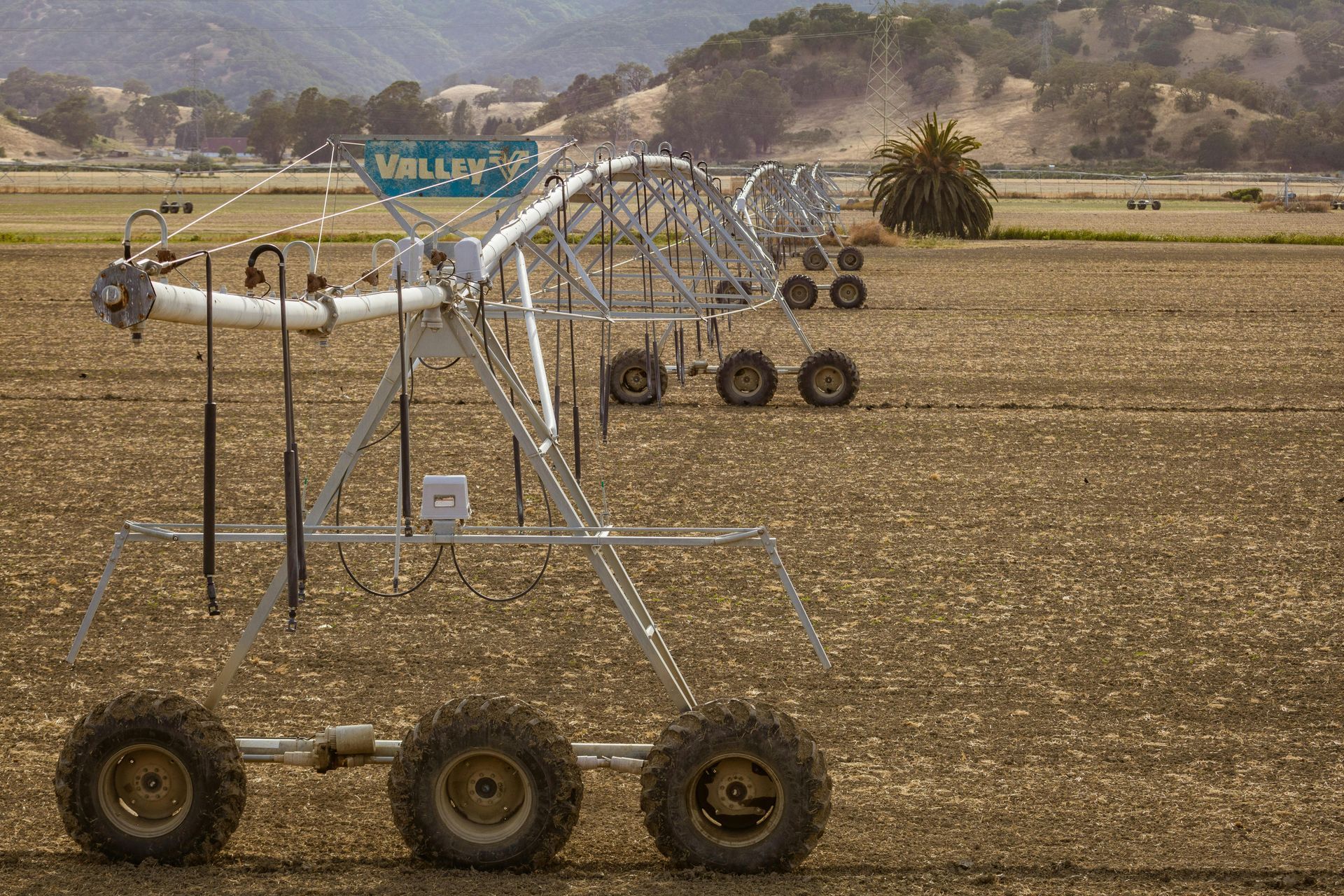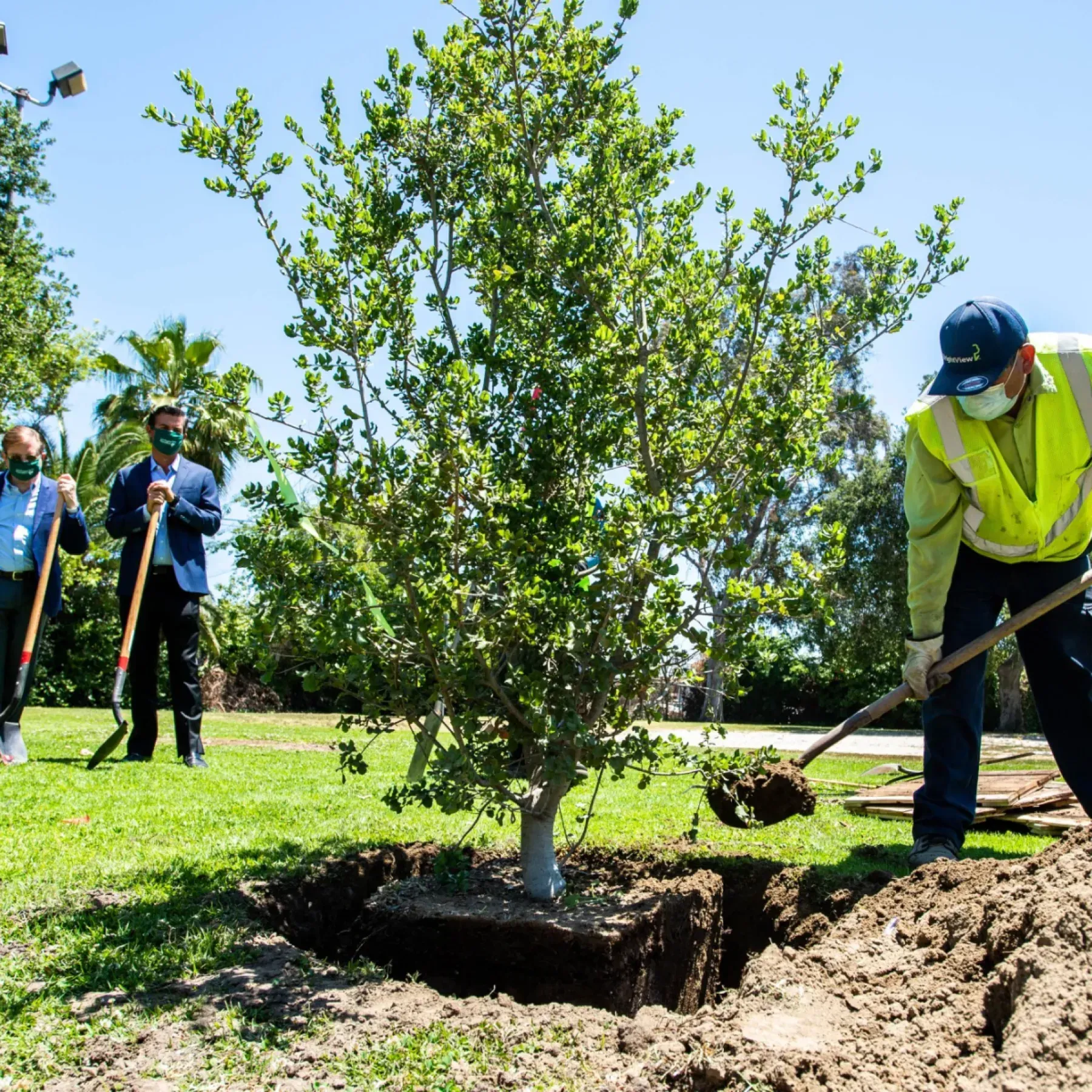Drought Stress Mitigation
in Eugene, OR
Drought stress can silently devastate your trees before visible symptoms appear, threatening the health and beauty of your San Fernando Valley landscape. As climate patterns shift across Southern California, property owners face increasing challenges in maintaining vibrant, resilient trees during extended dry periods. Our expert arborists at Elite Crew Tree Service understand the unique drought conditions affecting our region and have developed specialized techniques to protect your valuable trees from environmental stress.
We've observed firsthand how drought-stressed trees become more susceptible to pest infestations, disease, and structural weakness, often leading to costly removals that could have been prevented with proper care. The signs might be subtle at first—premature leaf drop, thinning canopy, or branch dieback—but these warnings demand immediate attention before permanent damage occurs.
At Elite Crew Tree Service, we combine industry-leading knowledge with localized expertise to deliver
drought mitigation strategies tailored to your specific landscape needs. Our comprehensive approach addresses soil health, water management, and tree care practices that maximize drought resilience while conserving precious water resources. We're committed to preserving your trees through even the most challenging climate conditions, ensuring they continue to provide shade, beauty, and value to your property for years to come.
Factors Contributing to Water Scarcity
Climate change has significantly increased drought frequency across many regions. Rising temperatures accelerate evaporation rates, leaving less moisture available for trees and plants.
Urbanization creates more impervious surfaces like concrete and asphalt that prevent natural water absorption and increase runoff. This means less water reaches tree roots even after rainfall.
Soil type plays a crucial role in water retention. Sandy soils drain quickly while clay soils might hold water but make it less accessible to roots. Grass and weeds often have shallow but dense root systems that capture surface moisture before it reaches deeper tree roots.
Impact of Drought on Soil Moisture and Plant Physiology
Water serves as the transport system for nutrients throughout the tree. Without adequate moisture, nutrient uptake decreases dramatically.
Trees respond to water stress by closing their stomata (leaf pores) to conserve moisture. While this reduces water loss, it also prevents carbon dioxide intake needed for photosynthesis. This creates an energy deficit in the tree.
Root systems suffer during drought conditions. Fine feeder roots can die back, reducing the tree's ability to absorb water even when it becomes available again.
Prolonged drought stress weakens trees' natural defense mechanisms. This makes them more susceptible to insect infestations, diseases, and other environmental stressors that can compound damage.
Efficient Water Use and Irrigation Systems
Enhancing Water Use Efficiency with Drip Irrigation
Drip irrigation systems represent the gold standard in water conservation technology. We install customized drip systems that deliver water directly to tree root zones, reducing evaporation and runoff by up to 60% compared to traditional sprinklers.
These systems use low-pressure, low-volume water delivery methods with emitters placed precisely around your trees' drip lines. The slow application rate allows water to soak deeply into soil profiles where roots can access it.
For established trees, we strategically position multiple emitters to create uniform soil moisture. For younger trees, we design expanding drip rings that can grow with your tree's developing root system. Our installations include automatic timers and sensors to further optimize water use.
Scheduling and Precision in Supplementary Irrigation
Proper timing makes all the difference in irrigation effectiveness. We develop custom watering schedules based on:
- Tree species and water requirements
- Soil type and drainage characteristics
- Seasonal weather patterns
- Microclimate conditions
Our technicians monitor soil moisture levels using advanced probes and sensors to determine precise watering needs. This prevents both underwatering and wasteful overwatering.
During drought periods, we implement deep watering techniques—less frequent but more thorough irrigation that encourages deeper root growth. This builds drought resilience in your trees while conserving water.
Implementing Rainwater Harvesting and Aquifer Recharge
Capturing natural precipitation maximizes water resources on your property. We design and install rainwater harvesting systems ranging from simple rain barrels to sophisticated collection networks.
These systems can redirect roof runoff to storage tanks for later use during dry periods. Our designs include first-flush diverters to ensure clean water and filtration systems to prevent clogging.
Beyond collection, we implement passive water harvesting through strategic landscape contouring. Swales, berms, and rain gardens slow water movement across your property, allowing it to percolate into soil rather than run off.
This approach not only provides natural irrigation but also helps recharge local aquifers. Our integrated systems can reduce your irrigation water needs by 30-50% during normal rainfall years.
Why Choose Us
At Elite Crew Tree Service, we provide expert tree consultation services for both residential and commercial properties. Our certified arborists bring years of experience to every job, ensuring each tree receives proper care and assessment.
We offer comprehensive services including tree removal, trimming, topping, and stump grinding. When you're dealing with trees that are diseased, obstructing views, or growing too close to power lines, our team can help determine the best course of action.
Our reputation is built on excellence and reliability. We understand that tree issues can arise unexpectedly, which is why we provide 24-hour emergency service for storm damage. Your safety is our top priority.
We begin every project with a FREE consultation. During this assessment, we examine your trees' health, identify potential hazards, and discuss your specific needs. We pride ourselves on pricing that fits your budget while maintaining high-quality work.
Tree conservation is central to our philosophy. When possible, we recommend preservation techniques rather than removal. Our professional arboriculture practices ensure we balance your property needs with environmental stewardship.
You can trust us with all your tree care needs. From routine maintenance to complex removals requiring bucket trucks or cranes, we have the equipment and expertise to handle the job safely and efficiently.
FAQs on Drought Stress Mitigation
Here, we’ve compiled answers to some of the most common questions our clients in Eugene, OR have about protecting their trees from drought stress.




